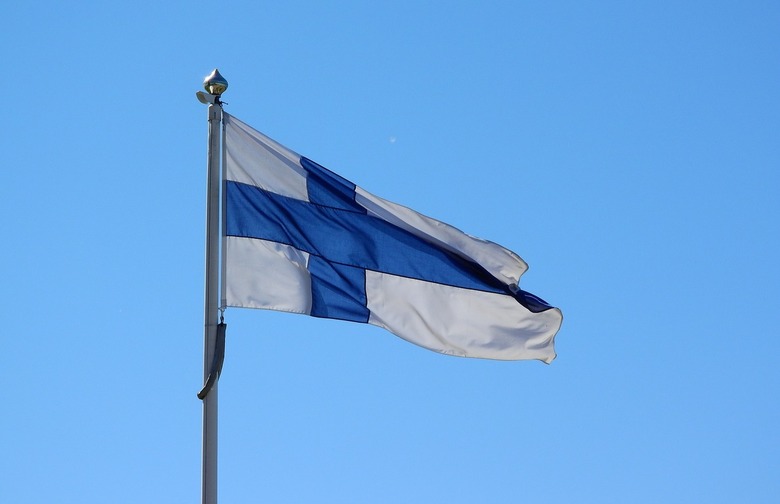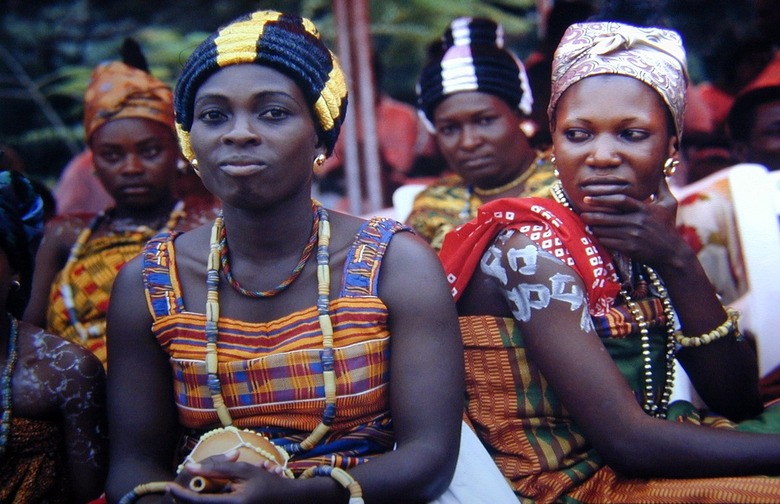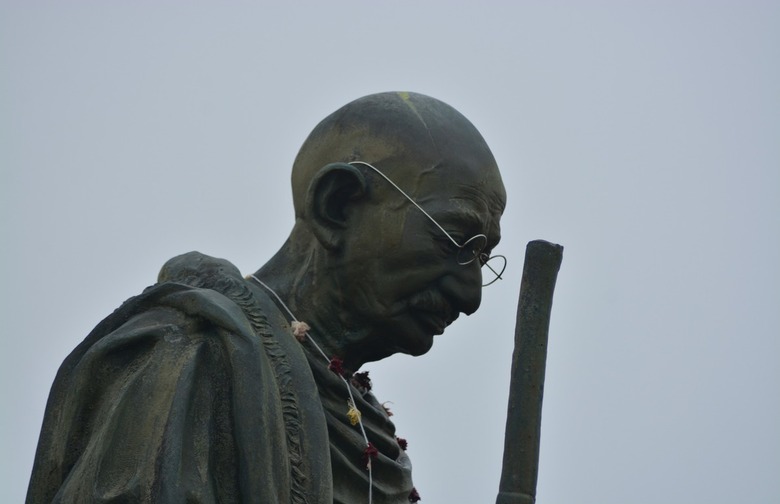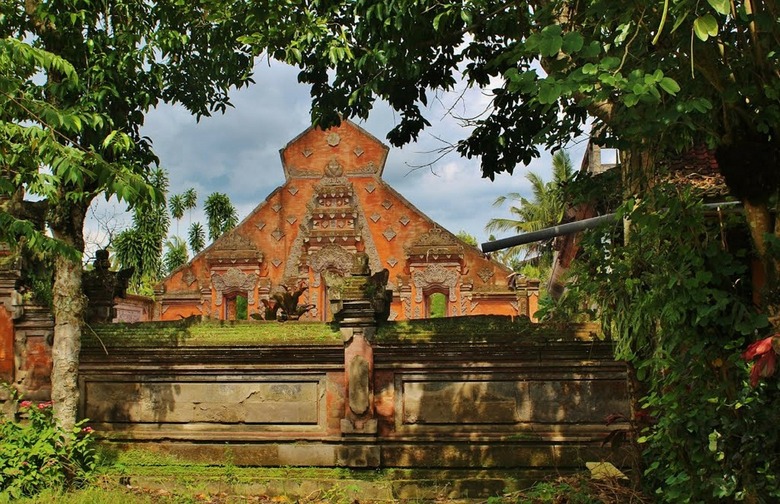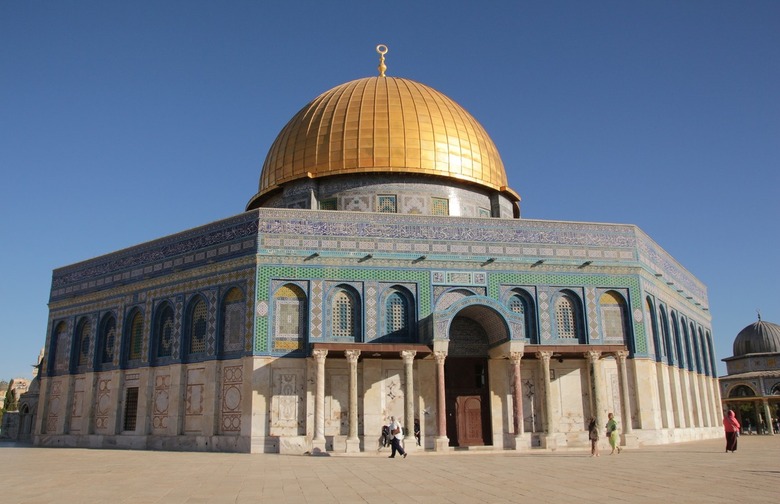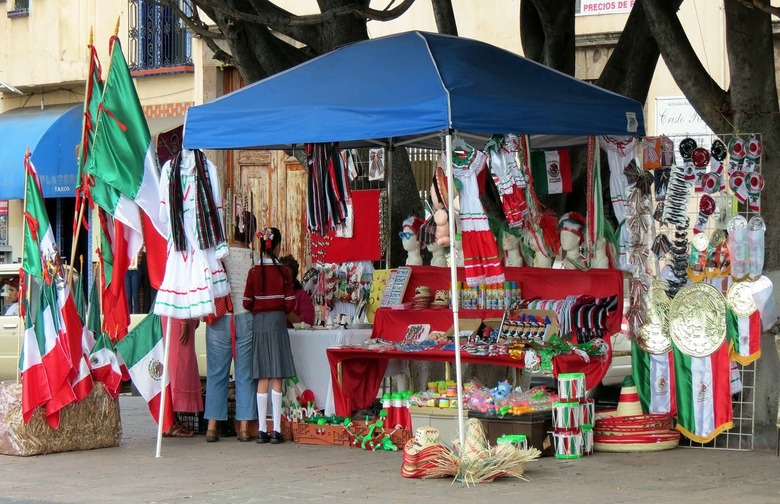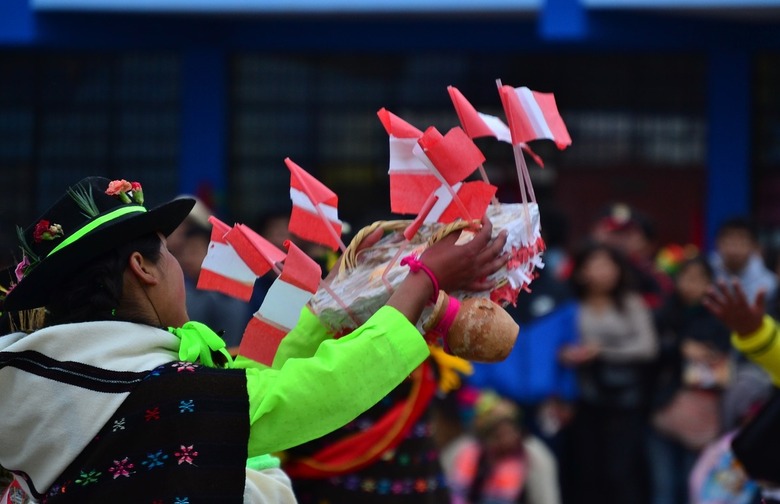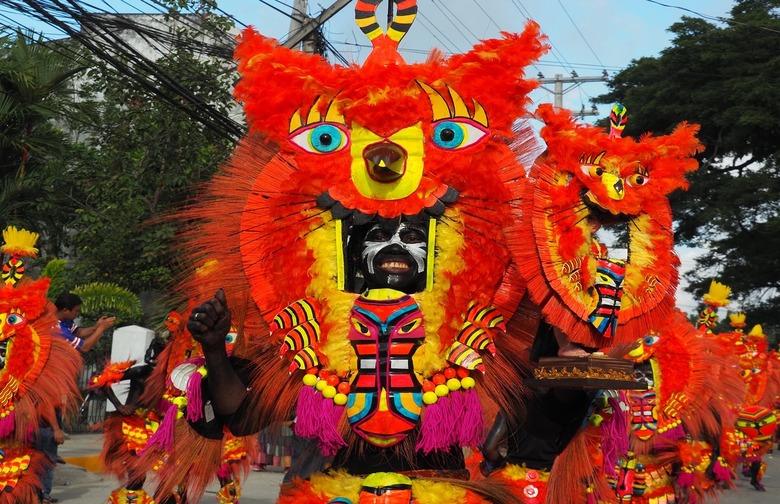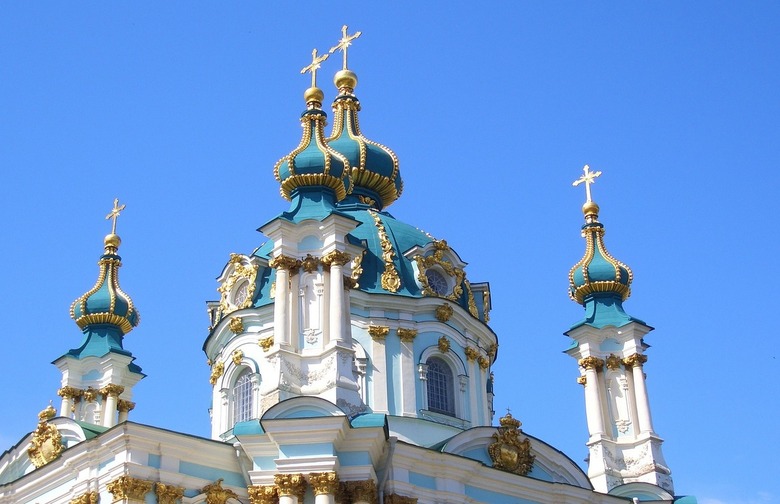How 10 Other Countries Celebrate Their Independence (Slideshow)
If you visit Brazil for the Olympics this year (August 5-21) and don't feel like wrapping after the games are through, why not hang around for another couple weeks to celebrate the country's independence? September 7, 1822 was the original day, which means this year marks Brazil's 194th as a free nation. And since Brazil's independence from Portugal was relatively bloodless, with little to no combat involved, the celebration is especial jovial. The annual celebration takes places at the Ministries Esplanade with a military parade attended by over 30,000 people — including the president of Brazil — and ends with a firework display. Similar parades and events take place in all the state capitals, and the large representation of Brazilians around the world also means festivities in places like New York City (which can attract over a million spectators), San Diego, Los Angeles, Toronto, and London, among others.
Click here for 9 other non-Olympic reasons to visit Brazil in 2016.
Finland, December 6
In the early decades following Finland's Declaration of Independence (and subsequent parliamentary approval) on December 6, 1917, the date was a very solemn occasion marked by special patriotic speeches and religious services. However, over the last few decades it has evolved into a day of national pride and celebration, with the blue and white of the Finnish flag displayed in store windows, along streets, and on cakes. There is also a Presidential Independence Day reception for 2,000 invited guests — including everyone from politicians, judges, and archbishops to entertainers, activists, and sports stars — at the Presidential Palace each year. For Finnish families, it is common to put two candles in each window for Independence Day, a traditional that dates back to World War I, when homes would display the flames as silent protests against Russian oppression and a sign of support (and an offering of shelter) for Finnish men on their way to battle.
Ghana, March 6
When Ghana gained its independence from the United Kingdom in 1957 it wasn't just a big moment for the country, it was a big moment for the entire continent; Ghana was the first black African country to ever break from its European colonial overlords. That sounds like a call for celebration, which now includes parades, marches, fireworks, music, dancing, and countless street and beach parties all over the country.
India, August 15
On August 15, 1947, two centuries of British rule finally came to an end in India, thanks in part to the non-violence and civil disobedience movements led by Mohandas Gandhi. Celebrated in all Indian states and territories, Independence Day kicks off every year on the evening of August 14 when the president of India delivers his or her Address to the Nation. The next day features the prime minister hoisting the Indian flag at the Red Fort in Delhi, a 21-gun salute, and of course the singing of the national anthem ("Jana Gana Mana"). Parades and pageants take place all over the country, with many including the hosting and flying of the flag. Interestingly, India also flies something else to recognize their independence: kites. Skies all across the land are filled with these colorful aircraft, and picnics are held to watch everything unfold. As the day also doubles as a celebration of all things India, traditional Indian foods are served, often with a orange, white, and green theme to match the flag.
Click here for an easy tricolor pulao recipe that's as tasty as it is patriotic.
Indonesia, August 17
Interestingly, August 17, 1945 — currently recognized as Indonesia's Independence Day — was actually the start of the diplomatic and armed resistance of the Indonesian National Revolution and their fight against the Netherlands, not when their freedom was actually acknowledged. That occurred in 1949, but the Netherlands declared in 2005 that it would accept the de facto 1945 date as Indonesia's Independence Day. The yearly event is marked by a solemn flag ceremony in the morning, followed by fun, lighthearted music and games in neighborhood celebrations all over the country. One game, panjat pinang, involves shimmying up tall, greased trees in order to win prizes at the top — which acts as a metaphor for Indonesia's struggle for independence. This important moment in Indonesian history is actually recognized every day, if you know where to look: a copy of the proclamation is printed on the front of recent Rp. 100,000 Indonesian banknotes (worth about $7.50 each).
Israel, April 15 to May 15
Before everyone starts packing for a month-long Independence Day holiday in Israel, we should stress that the event doesn't last for 30 days, but rather can fall anytime between April 15 and May 15 depending on the Hebrew calendar. (For instance, it was April 23 last year, but fell on May 12 this year, and will be May 2 in 2017.) The date marks the establishment of the State of Israel on May 14, 1948, and is commemorated with an official ceremony on the eve on Mount Herzl in Jerusalem, followed by artistic performances, fireworks, and the lighting of 12 torches, one for each of the Tribes of Israel. The Israeli Defense Forces also opens its camps to visitors on this day so the public can see the latest in military equipment and technology. Although the holiday is generally secular, one of the biggest events on this day is the International Bible Contest (the reference is to the Tanakh, the so-called Jewish Bible), which tests contestants' ability to memorize and understand the ancient text.
Curious about Israel's cuisine? Here are 9 foods you absolutely must try.
Mexico, September 16
Despite drunk Americans telling you otherwise, Cinco de Mayo is not Mexican Independence Day (it instead celebrates the Mexican Army's unlikely victory over the French during the Battle of Puebla in 1862). Mexico instead celebrates its freedom on September 16 to commemorate the beginning of the Mexican War of Independence (with Spain) in 1810. The day is also known as The Cry of Dolores (Grito de Dolores), after Miguel Hidalgo y Costilla's famous pronouncement from the town of Dolores, near Guanajuato (nobody is sure exactly what he said, but the spirit of his remarks was "Down with Spanish rule!"). Nowadays, the celebration kicks off on September 15 when the president of Mexico rings the bell of the National Palace in Mexico City, recites Hidalgo's speech, and plays the national anthem in front of half a million spectators from all over Mexico and the world. The next day is marked by the national military parade in addition to numerous other parades; patriotic programs; drum, bugle, and marching band competitions; concerts; fireworks; and plenty of cries of "¡Viva Mexico!"
Heading South of the Border? Click here for the 25 Best Restaurants in Mexico 2016.
Peru, July 28-29
These partying Peruvians couldn't possibly limit their independence celebration to just a single day, and instead stretch the festivities over two, July 28 and 29. The first commemorates the actual day Peru declared its independence from Spain in 1821, and begins in Lima with a 21-cannon salute and flag-raising ceremony, and also includes the President's Address to the Nation for the National Holidays. If an election recently took place, the new President takes over on this day and gives his first address. July 29 is mostly known for the Great Military Parade, which involves the Peruvian Armed Forces and National Police marching in a grand procession down the decorated main streets. Technically, however, the independence day celebration is a three-day event, as the colorful, musical, and especially festive and fun Gran Corso parade usually takes place around July 24 in Lima, but this date can change year-to-year.
Philippines, June 12
Nowadays, June 12 is the day that marks the Philippines' Declaration of Independence from Spain in 1898 — but this wasn't always so. After the country's declaration, the Philippines failed to win international recognition and the archipelago was ceded to the United States in the Treaty of Paris that same year. The United States granted independence to the country on July 4, 1946, which was the accepted Independence Day until 1962, when it was decided that July 4 would become "Philippine Republic Day" and June 12 would take over as "Philippine Independence Day." The latter holiday is now marked by bonding with friends and family in both indoor and outdoor activities, plenty of music and dancing, and a whole lot of traditional Filipino food.
Ukraine, August 24
How about a younger independence day? Ukraine has only been celebrating freedom since their Declaration of Independence in 1991, yet they're trying their best to make up for lost time. Each August 24 is marked by throngs of residents dressed in Vyshyvankas (the traditional, colorful, and embroidered Ukrainian clothing) crowding the streets of Lviv, the country's cultural capital, followed by concerts and fireworks. Adding to the celebration, August 23 has been recognized as Ukraine's Flag Day since 2004, and marks the first raising of the yellow and blue symbol of the country. Independence Day also coincides with Etnovyr, the annual International Folklore Festival, which features parades, crafts, and concerts.

